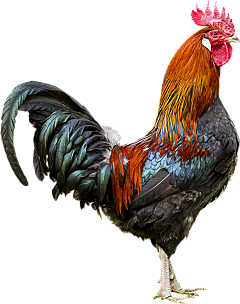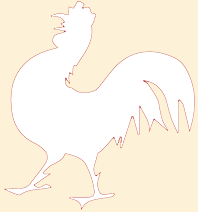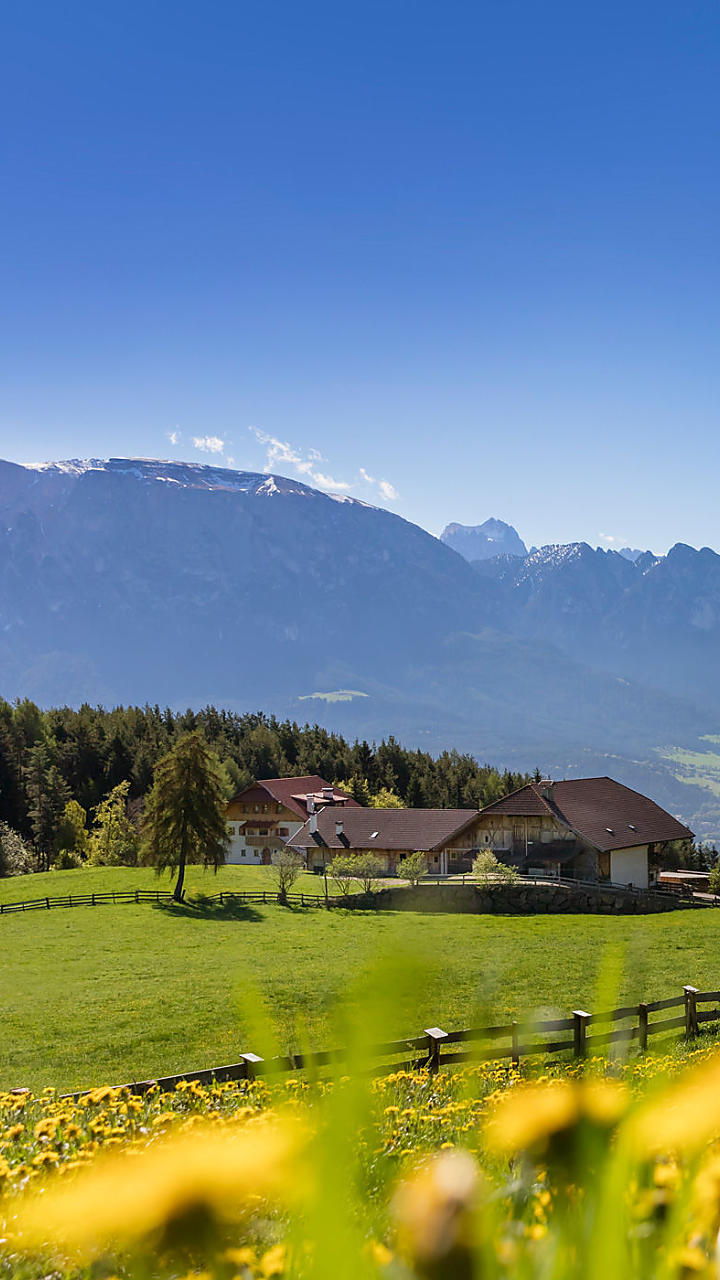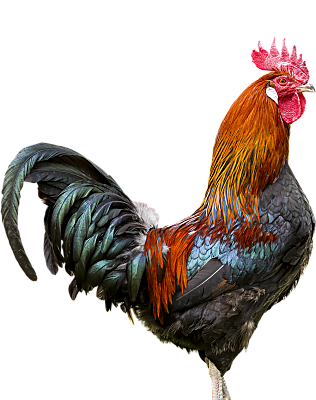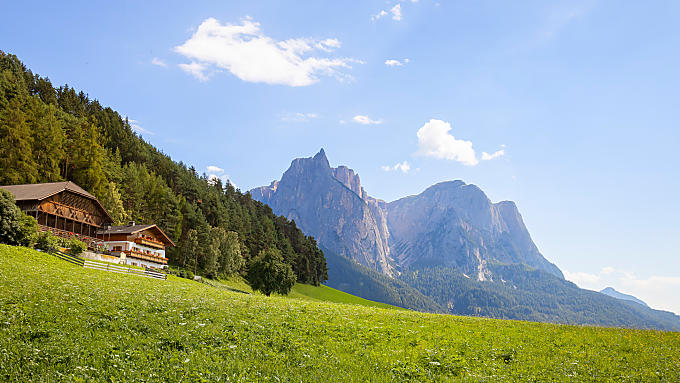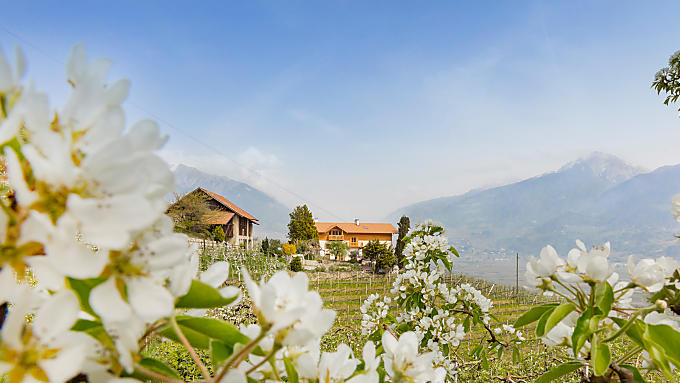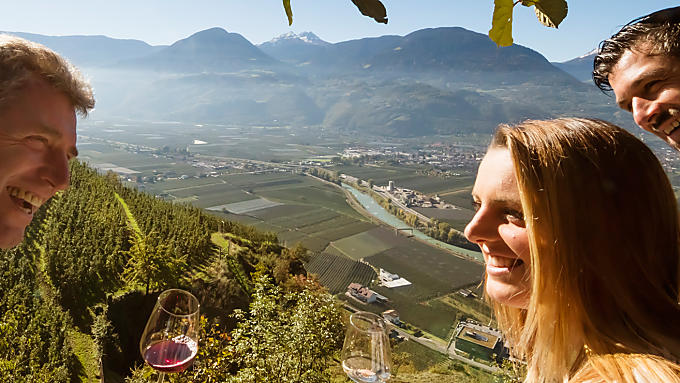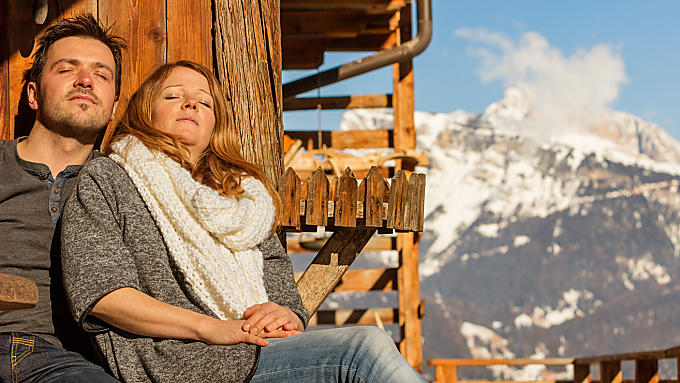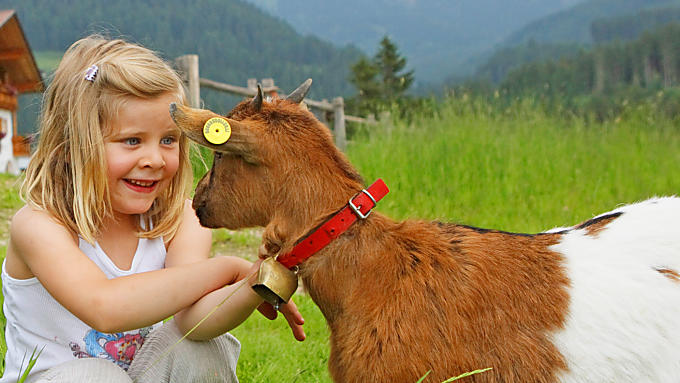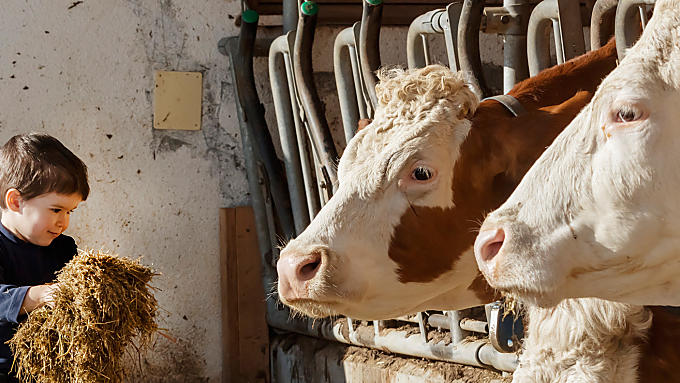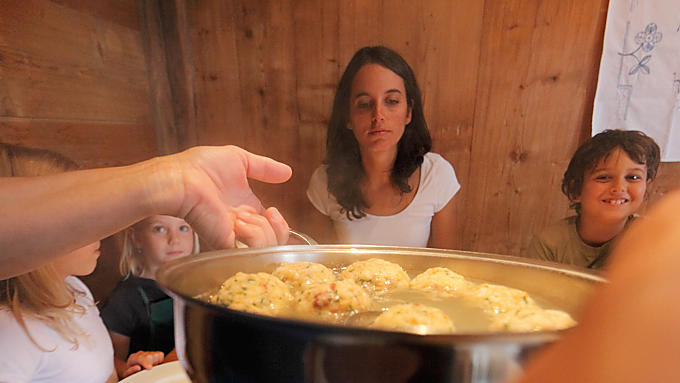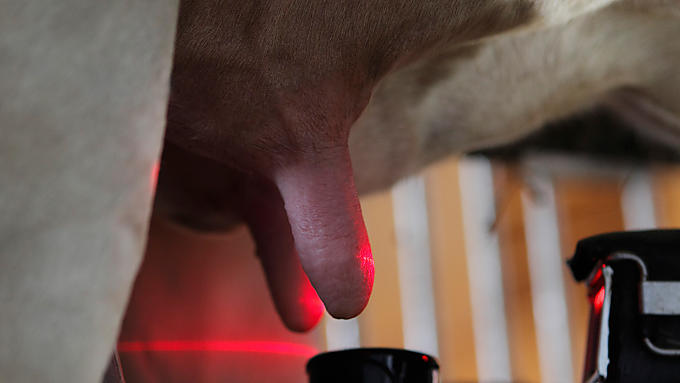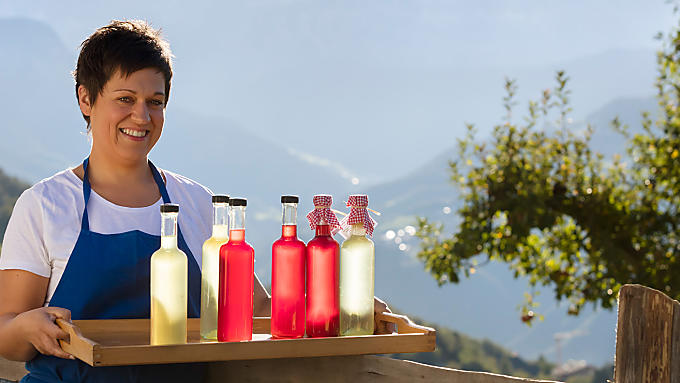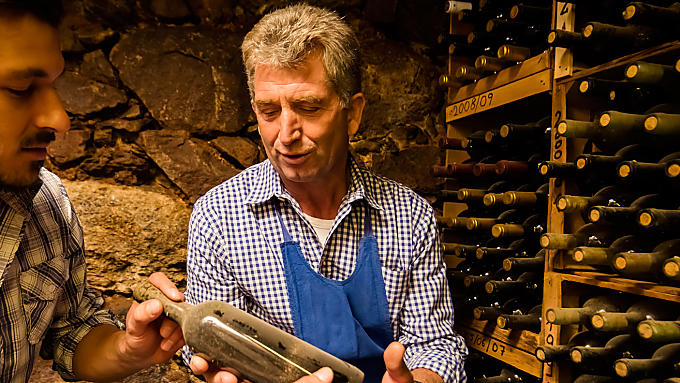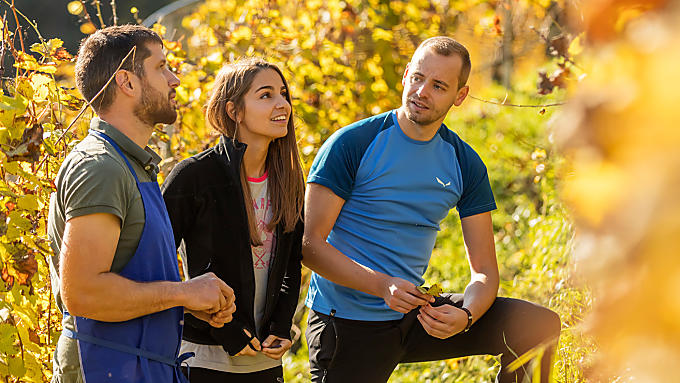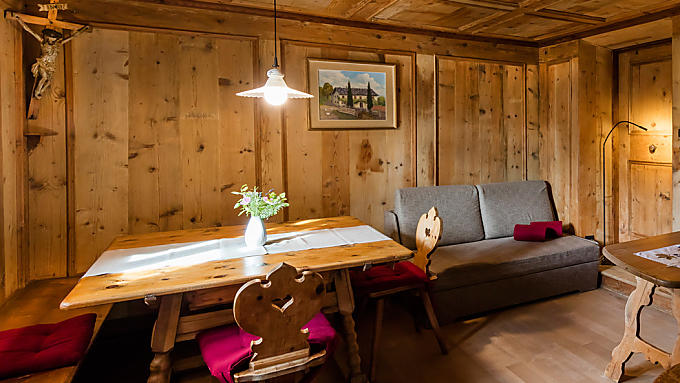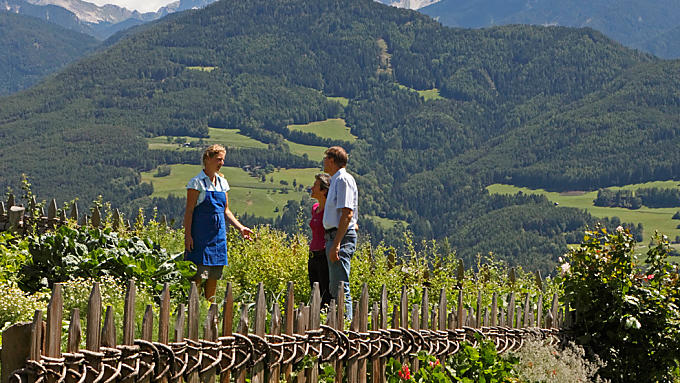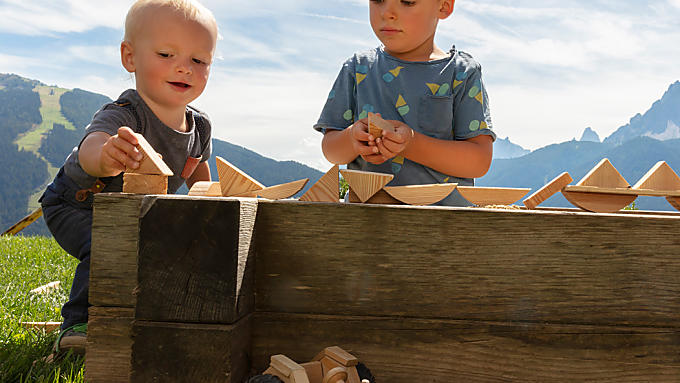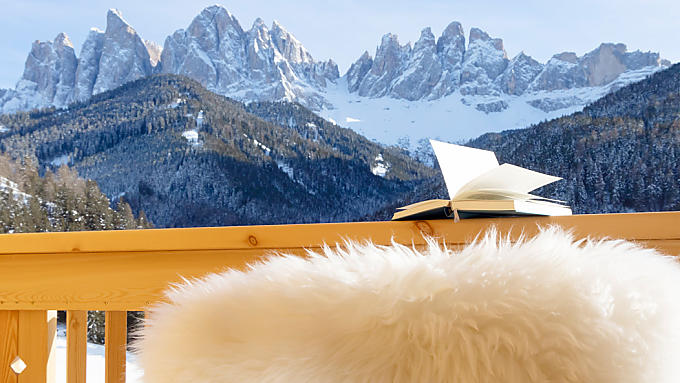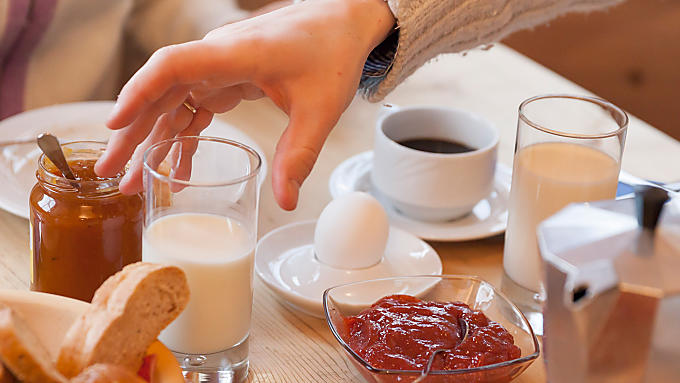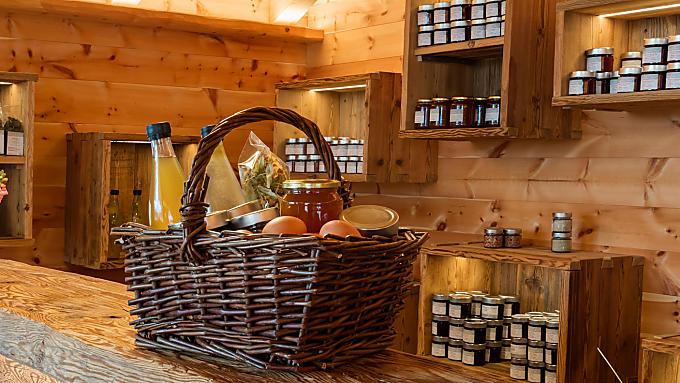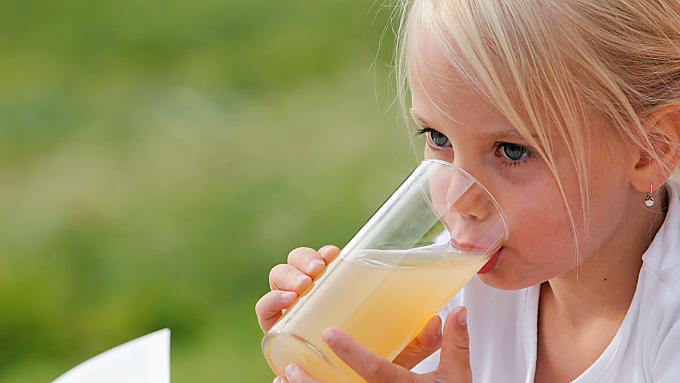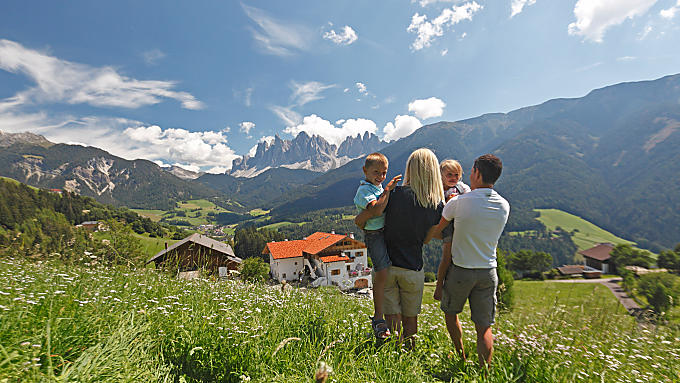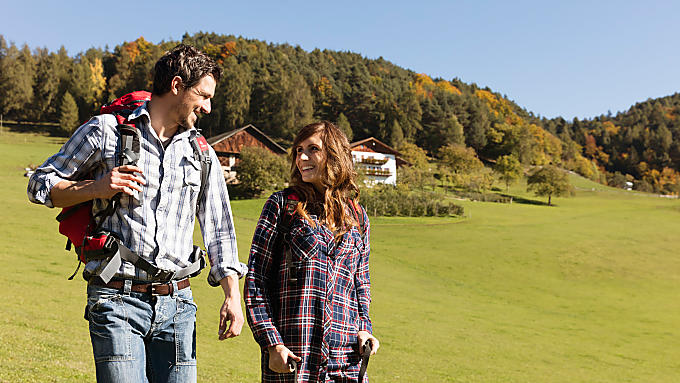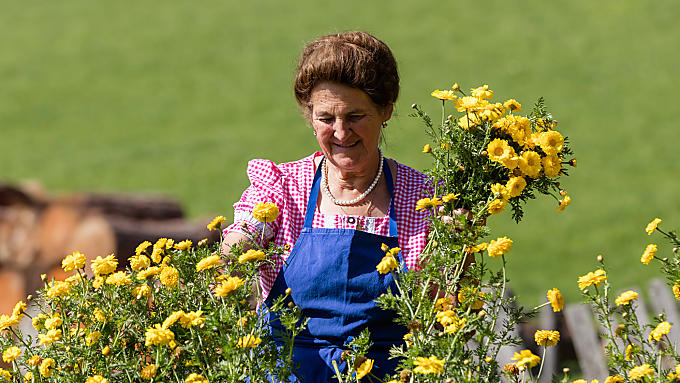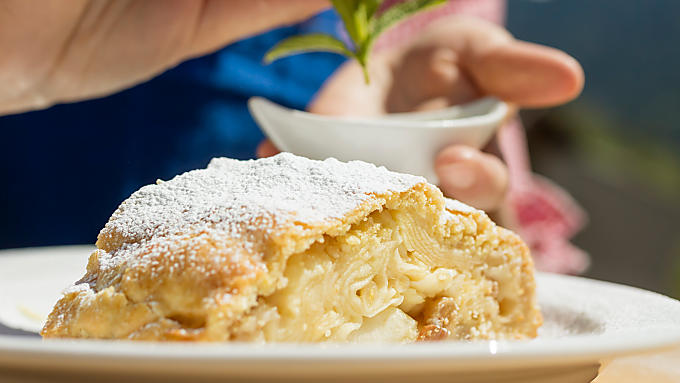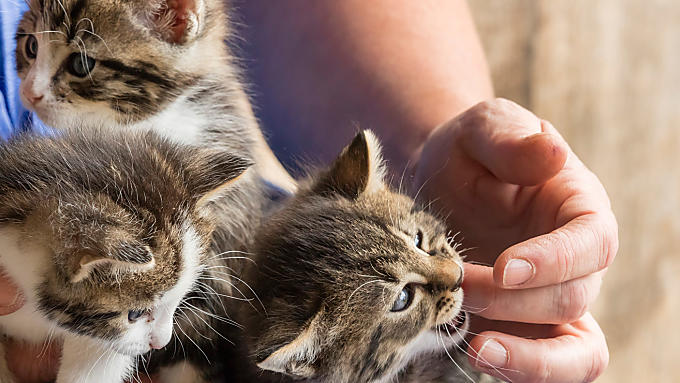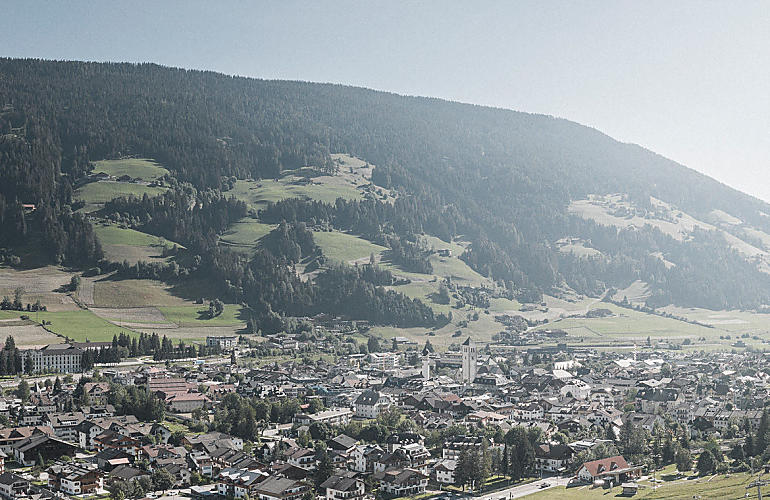
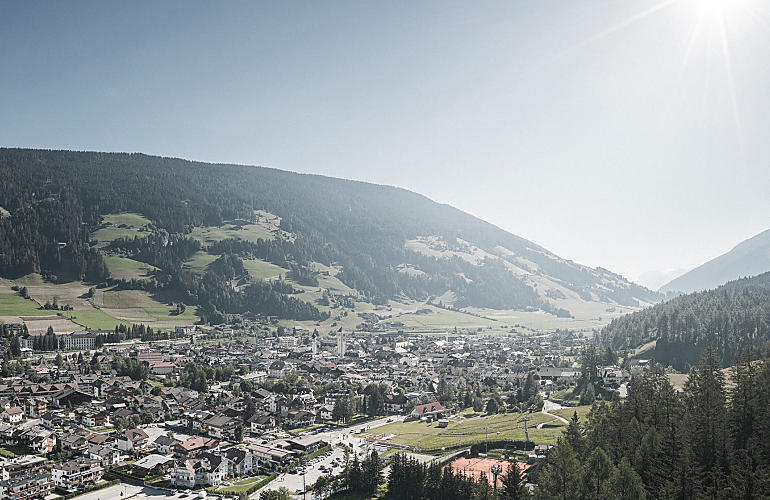
Beauty without limits
Holiday location
Farm Holidays in Innichen
On a Farm Holiday in Innichen, adventure and culture go hand in hand and a giant watches over the mighty mountain landscape around the district.
The municipality of Innichen lies in the Sexten Dolomites. With the villages of Innichberg, Obervierschach, Untervierschach, Winnebach, which lies right before the border with Austria, it reaches the area of the Dolomites as well as the Villgratner Berge mountains in Austria. Dark spruce forest and lush green meadows shape the landscape around the municipality in the 'Drei Zinnen', or 'Three Peaks', Nature Park.
On a Farm Holiday in Innichen, adventure and culture go hand in hand and a giant watches over the mighty mountain landscape around the district.
The municipality of Innichen lies in the Sexten Dolomites. With the villages of Innichberg, Obervierschach, Untervierschach, Winnebach, which lies right before the border with Austria, it reaches the area of the Dolomites as well as the Villgratner Berge mountains in Austria. Dark spruce forest and lush green meadows shape the landscape around the municipality in the 'Drei Zinnen', or 'Three Peaks', Nature Park.
High up on the sunny slopes of Innichberg, there are lots of farms affording views of the valley and into the Dolomites, while cosy inns spoil their guests with the best of Upper Pustertal valley cuisine. In the village of Innichen, the colourful pedestrian zone entices guests out to browse around. There are lots of traditional restaurants to be found here, too, where local dishes are served.
Getting there by bike
The 'Drei Zinnen' Nature Park, with its striking peaks, is a real mecca for hikers and climbers mainly. But you don't have to go high up in Innichen. You can stay down in the valley if you get on your bike and make the choice of where to head for. Should it be to Bruneck in the west or across the Austrian border to Lienz on the Drautal valley cycle path? As a compromise between staying on the ground and heading for the heights, a mountain bike tour through the Dolomites in Fischleintal valley would be an option. In any case, a holiday flat in Innichen makes a good base for extensive cycling tours.
In winter, snow calls the shots: Haunold resort, which belongs to the Sextner Dolomites ski carousel, features pistes to cater for every taste and expertise, while cross-country skiers can follow the run to Pragser Wildsee lake or to Fischleintal valley. With all options, there are always views to be had of the mighty mountain peaks.
The giant and the church
Legend has it that the Haunold the giant, apparently the son of a Roman captain, lived in the rocks around Innichen at the time that the church of Innichen Abbey was being built. When heavy stones were needed for the construction of the church, the people of Innichen asked the giant for help. Haunold requested a daily meal in return. It is said that he ate a whole calf, a sack of beans and drank a cask of wine. After the church was finished, he kept on wanting his meals. This was becoming too expensive for the villagers and they decided to kill the giant. They built a kind of trap, which the giant fell into, and died. His spirit still lives on in the form of Berg Haunold above Innichen, also known as the 'sleeping giant'. In memory of Haunold's help in building the church, one of his ribs was removed and hung in the atrium there. It may be viewed today, even if it is now assumed to be the rib of a dinosaur. The abbey church of Innichen is the prettiest sacred building in Romanesque style in the whole of the eastern Alps. The Benedictine abbey of St. Candidus, founded in the 8th century by Tassilo, Duke of Baveria, is just as steeped in history. It was turned into a collegiate church in 1143 and looks like a fortress. The large Romanesque dome fresco and the crypt are worth seeing. The abbey museum, just a few yards away, is also worth a visit.
High up on the sunny slopes of Innichberg, there are lots of farms affording views of the valley and into the Dolomites, while cosy inns spoil their guests with the best of Upper Pustertal valley cuisine. In the village of Innichen, the colourful pedestrian zone entices guests out to browse around. There are lots of traditional restaurants to be found here, too, where local dishes are served.
Getting there by bike
The 'Drei Zinnen' Nature Park, with its striking peaks, is a real mecca for hikers and climbers mainly. But you don't have to go high up in Innichen. You can stay down in the valley if you get on your bike and make the choice of where to head for. Should it be to Bruneck in the west or across the Austrian border to Lienz on the Drautal valley cycle path? As a compromise between staying on the ground and heading for the heights, a mountain bike tour through the Dolomites in Fischleintal valley would be an option. In any case, a holiday flat in Innichen makes a good base for extensive cycling tours.
In winter, snow calls the shots: Haunold resort, which belongs to the Sextner Dolomites ski carousel, features pistes to cater for every taste and expertise, while cross-country skiers can follow the run to Pragser Wildsee lake or to Fischleintal valley. With all options, there are always views to be had of the mighty mountain peaks.
The giant and the church
Legend has it that the Haunold the giant, apparently the son of a Roman captain, lived in the rocks around Innichen at the time that the church of Innichen Abbey was being built. When heavy stones were needed for the construction of the church, the people of Innichen asked the giant for help. Haunold requested a daily meal in return. It is said that he ate a whole calf, a sack of beans and drank a cask of wine. After the church was finished, he kept on wanting his meals. This was becoming too expensive for the villagers and they decided to kill the giant. They built a kind of trap, which the giant fell into, and died. His spirit still lives on in the form of Berg Haunold above Innichen, also known as the 'sleeping giant'. In memory of Haunold's help in building the church, one of his ribs was removed and hung in the atrium there. It may be viewed today, even if it is now assumed to be the rib of a dinosaur. The abbey church of Innichen is the prettiest sacred building in Romanesque style in the whole of the eastern Alps. The Benedictine abbey of St. Candidus, founded in the 8th century by Tassilo, Duke of Baveria, is just as steeped in history. It was turned into a collegiate church in 1143 and looks like a fortress. The large Romanesque dome fresco and the crypt are worth seeing. The abbey museum, just a few yards away, is also worth a visit.
Farm search
Holiday farms in Innichen
3 reasons
A holiday in Innichen
Haunold family mountain with
fun bob and Dwarf Village
Cycle path to Lienz,
mountain balloon rides
Dolomythos: museum
about Dolomite heritage
Admiring handwork
Artisanal crafts have long played a major role in Upper Pustertal valley and still do today. Staying at a holiday flat or room in Innichen will allow guests to investigate the artisanal and rural customs of the villages.
Artisanal crafts have long played a major role in Upper Pustertal valley and still do today. Staying at a holiday flat or room in Innichen will allow guests to investigate the artisanal and rural customs of the villages.
For example, at traditional festivals, you can watch woodcarvers or slipper makers while they produce traditional felt slippers at work. Weaving used to be popular as a source of extra income for farmers. Hand-made works of art are on sale in various shops in the area.

